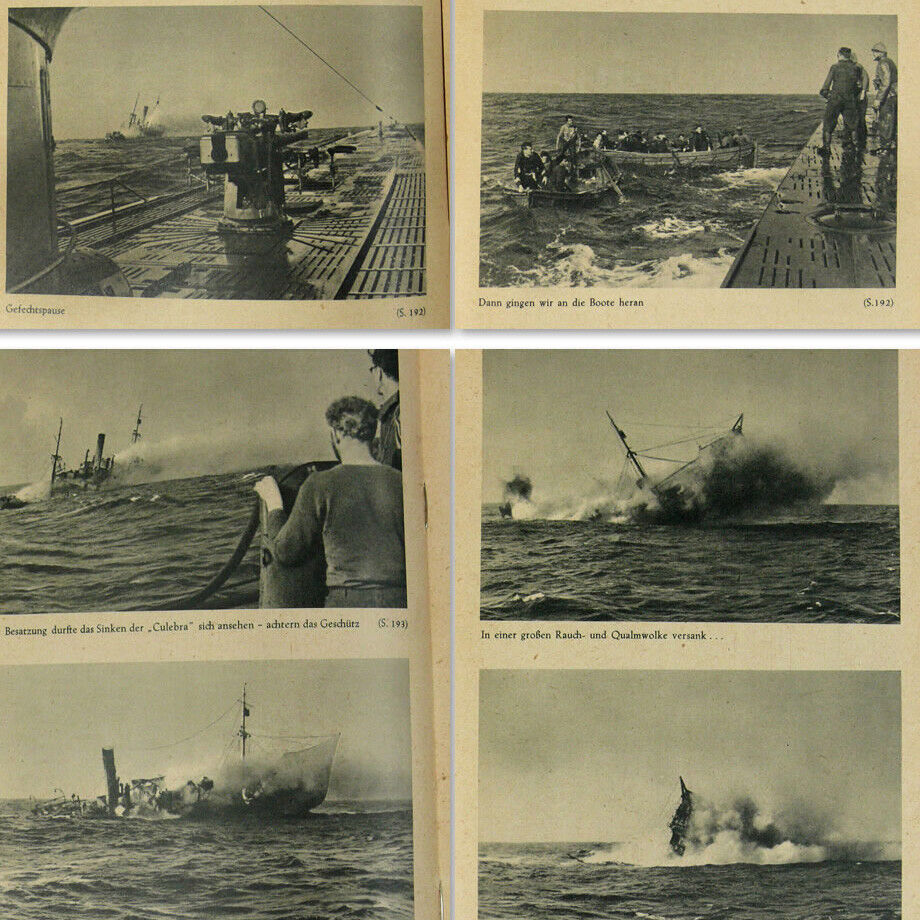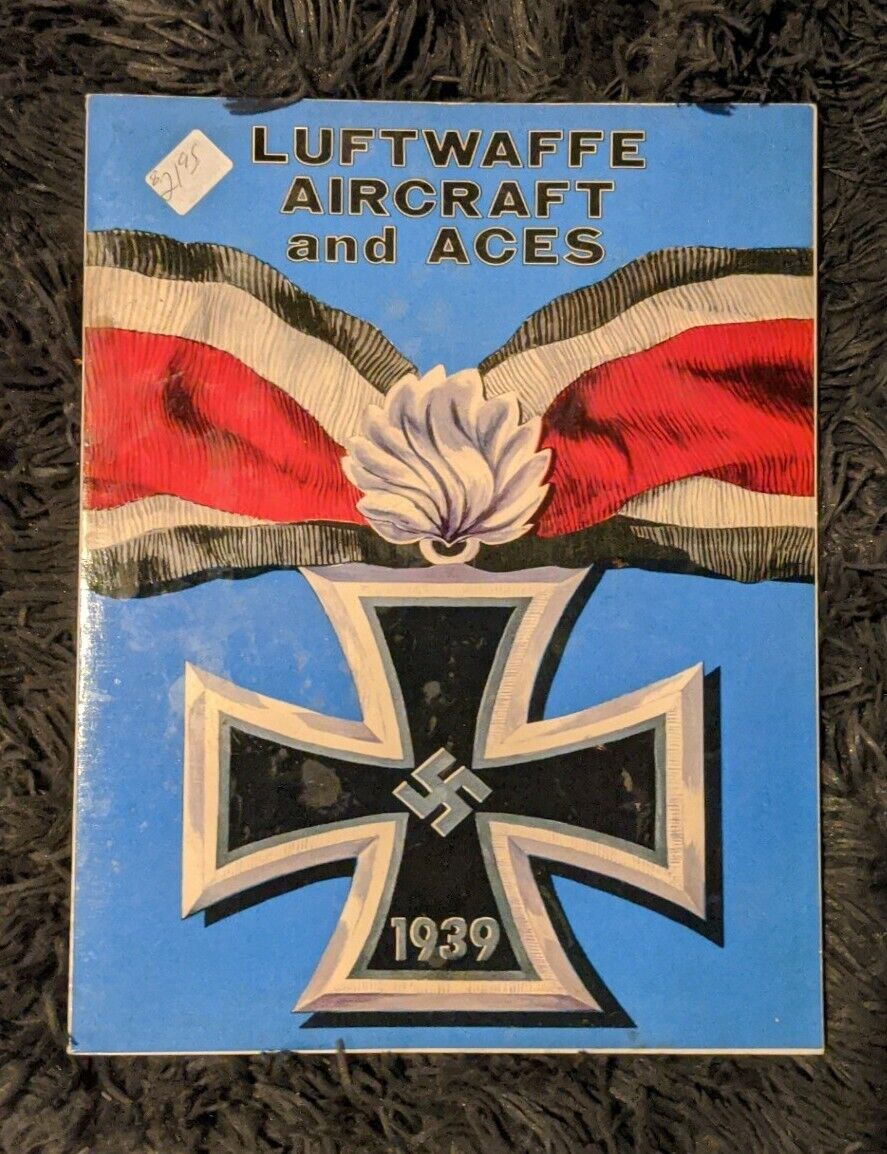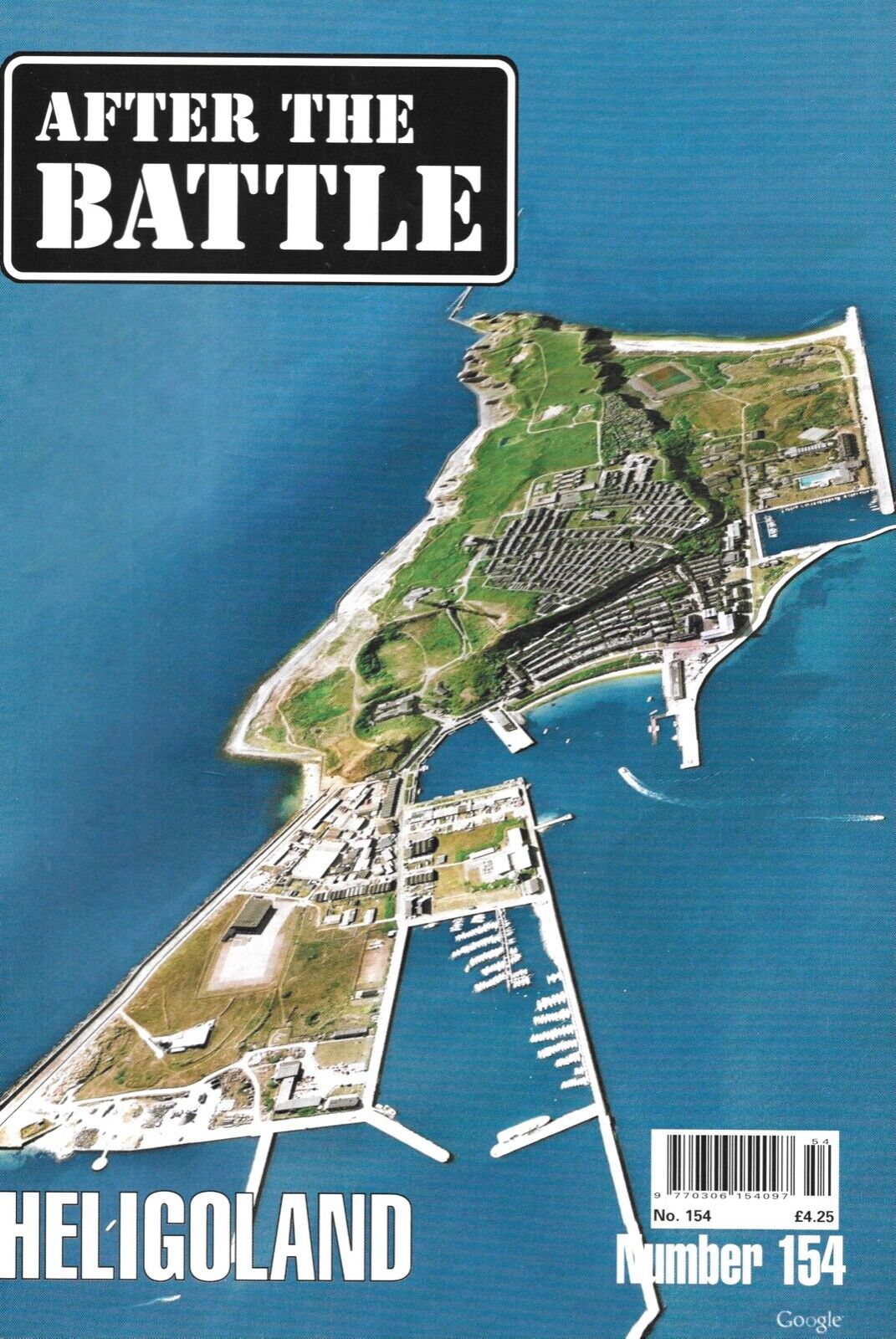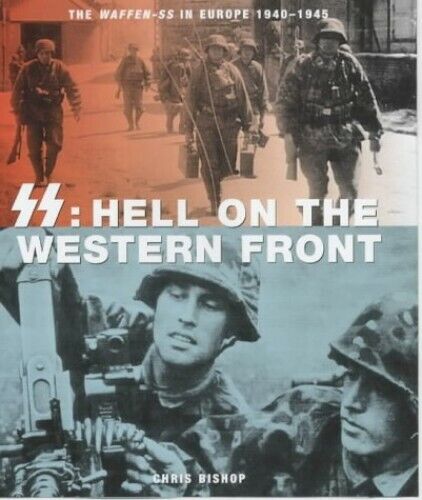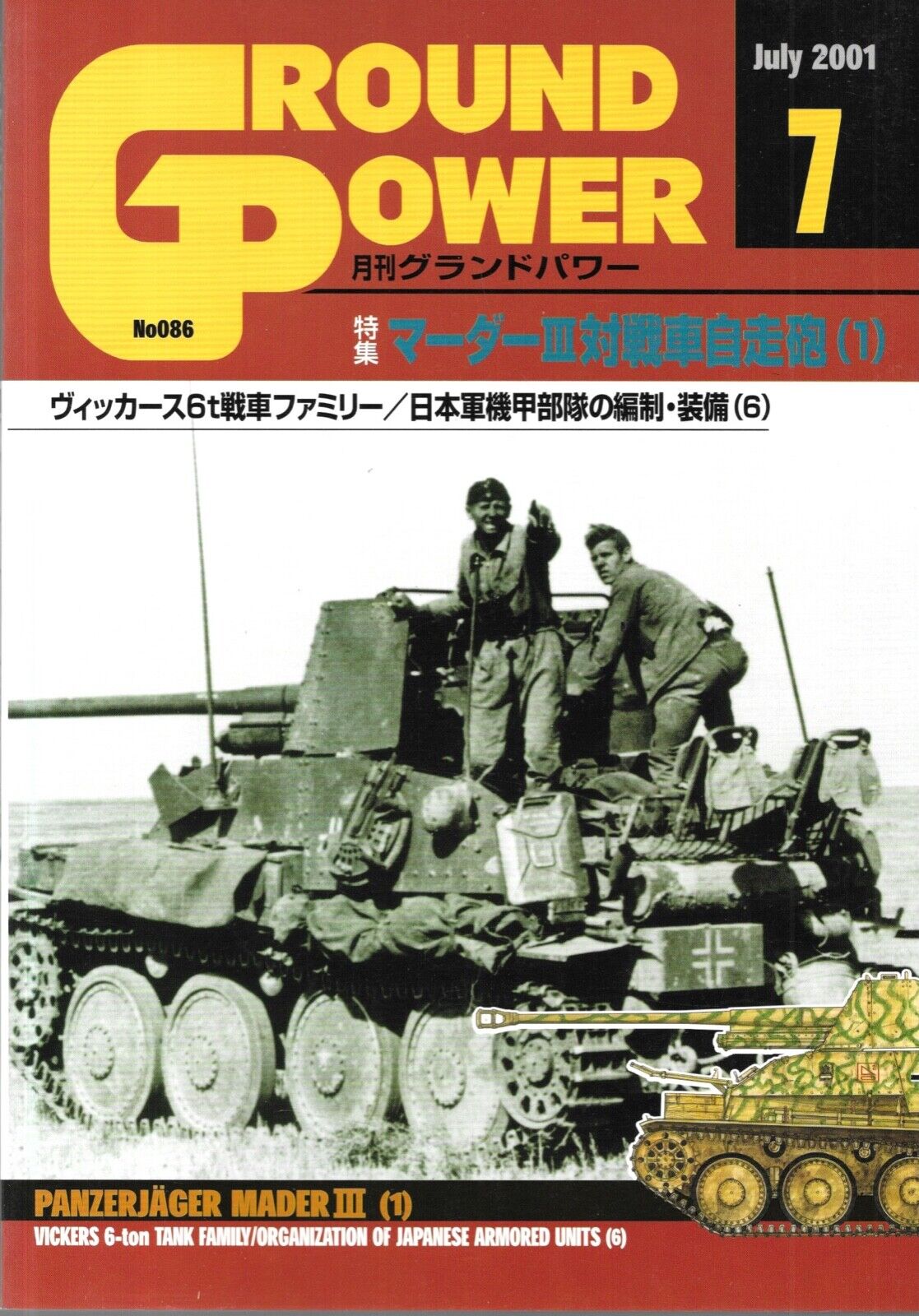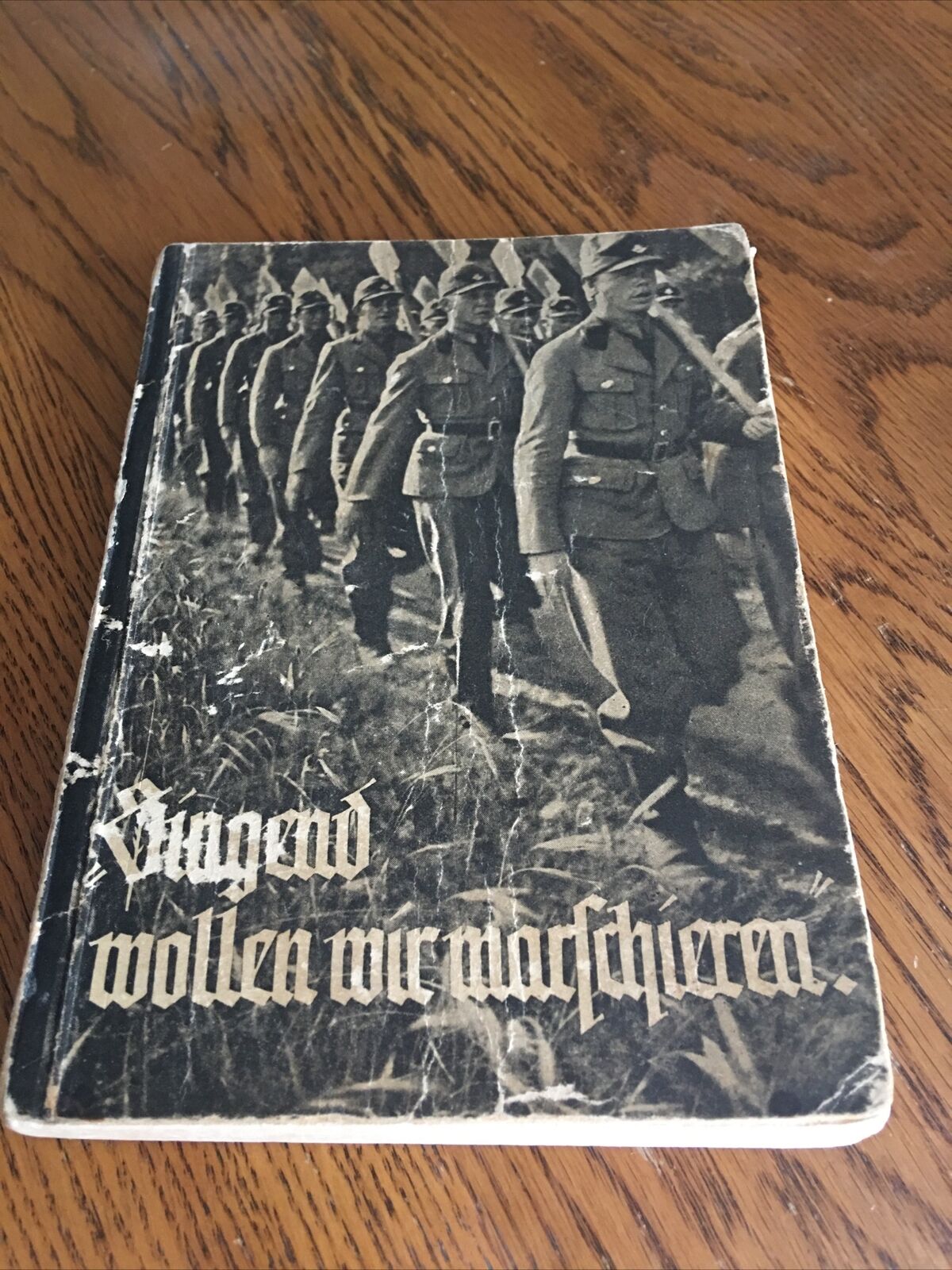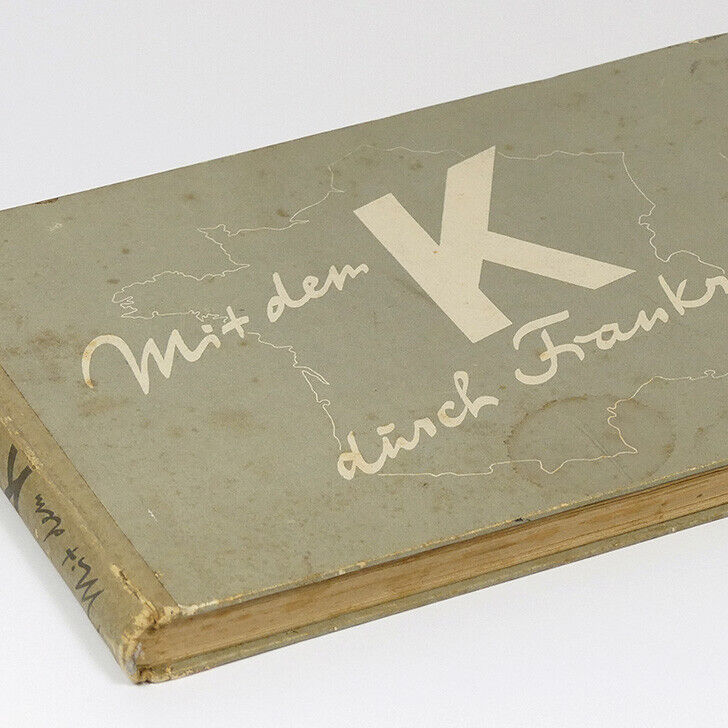-40%
U-Boat PHOTO Book w/76 Hardegen Kriegsmarine Navy U-123 WWII Submarine Drumbeat
$ 173.71
- Description
- Size Guide
Description
Man Your Battlestations !sub titled:
U-Boat in operations against England and America.
This is an original picture book with many rare and unique u-boat photos.
How about celebrating Christmas under the ocean ? Well, here it is ... ;-)
Enjoy this extremely rare photo book which is missing in most book collections.
Hardcover,
227 text + 76 photo pages
1 frontispiece of Hardegen
115 b/w photos, many of them full page
In
fair exterior and very good interior
condition
.
Faint foxing to edges, corners rubbed, lacking backstrip as usual. (The Original fragile spine is almost always missing on about 90% of copies around.)
All pages are complete and tight in the binding.
Approx/Measurements: 8~1/4" x 5~3/4" 1 lbs.
by - Reinhard Hardegen
Published by
Boras
Photo contributions by Kriegsberichter Meisinger, Tölle, Beuchling, Warnke, Andres, Kramer, Meis, Tischer, Heidsiek;
+ Heinrich H., Atelier Sandau, Ufa
Background info:
Reinhard Hardegen (born March 18, 1913) is a German U-Boat Commander who sank 22 ships, amounting to 115,656 GRT sunk, ranking him as the 24th most successful Commander in World War II.
Hardegen served as IWO (First Watch Officer) under Kaleun Georg-Wilhelm Schultz aboard U-124 and, after two war patrols, he was given his own command, the Type II Uboat U-147, operating out of Kiel, on 11 December 1940. The boat was ready for its first patrol shortly before the new year and, after visiting the uboat base in Bergen, U-147 was ordered to patrol the convoy routes north of the Hebrides. On the second day of the patrol, Hardegen fired a torpedo which failed to detonate against a large merchant ship, before being forced to submerge after mistaking a destroyer for a merchant ship. During the dive the boat received damages to the tower hatch and had to resurface after a short while, forcing the crew of U-147 to make feverish repairs only a few hundred meters from the destroyer. The gathering darkness, however, prevented the boat from attracting the destroyer's attention.
The water leaks had damaged the diesel engines aboard the boat, forcing Hardegen to use his E-motoren when, later in the night, he saw another merchant passing. Although slower, it gave the uboat enough speed to close the distance and launch a torpedo which hit and sank the Freighter. After interrogating the crew Hardegen learned it was the Norwegian steamer Augvald 4,811 GRT. A few days later, Hardegen again attacked two freighters, only to find his torpedoes missing or failing to detonate. Shortly thereafter, he was ordered back to Kiel. After completing the patrol, Hardegen was given command over U-123, a Type IXB uboat, operating out of Lorient.
Hardegens first patrol with U-123 started on 16 June 1941, with course for West African waters, to attack British shipping around Freetown. On 20 June Hardegen sunk the neutral Portugese Ganda, mistaking her for a British freighter. Dönitz later ordered all references to this sinking deleted from the Journals of U-123 and the matter received little attention. This was the only of two known alterations of the Kriegstagebuch ordered by Donitz, the other being in regard to the sinking of the Liner SS Athenia. After receiving depth charge damages, U-123 returned to Lorient, docking on 23 August, with a total score of five ships for 21,507 GRT.
First Drumbeat patrol
Hardegen's airplane crash in 1936 had left him with internal injuries, a bleeding stomach and a shortened leg. He had been classified as unfit for uboat duty, but the paperwork had not caught up with him until now. Donitz learned of this, but needed experienced commanders for Operation Drumbeat, the offensive into American waters, and so Hardegen was allowed to go on two more patrols.
On 23 December 1941 U-123 left for the first phase of Drumbeat. Five boats, which was all Donitz could muster, were hurled towards the American coast, to take advantage of the confusion in the Eastern Seaboard defense networks shortly after the declaration of war. Hardegen was ordered to penetrate the harbour of New York City but, due to the haste with which the operation had been prepared, he had only a tourist guidebook for navigational help, instead of the detailed charts usually given out for such hazardous missions. Following his intrusion into New York, Hardegen was when to target merchant shipping off Cape Hatteras.
On 12 January 1942 Hardegen drew first blood, sinking the British Freighter Cyclops (9,076 GRT). On 14 January reached the approaches to New York harbour and Hardegen decided to proceed into the harbour on the surface. The still brightly burning shore lights helped immensely with the navigation through the unknown waters and, during the morning hours ,U-123 sighted the Norwegian tanker Norness (9,577 GRT) off the coast of Long Island and sunk her, although it took five torpedoes due to malfunctions.
Following this sinking, Hardegen decided to bottom the boat and wait for nightfall before proceeding into the harbour itself. During the night of 15 January Hardegen entered the harbour, nearly beaching the boat in the process because he mistook shorelight for a light ship. The crew of U-123 were elated when they came within the sight of the city itself, all lights burning brightly, but Hardegen did not linger long, due to the lack of merchant traffic. He did sink the British tanker Coimbra (6,768 GRT) on his way out of the harbour area.
Hardegen then proceeded south along the United States coast, submerged during the day and surfaced at night. Apart from one air attack on 16 January, Hardegen did not experience any resistance from the United States Navy or Air Force. During the night of 19 January, Hardegen sunk three freighters off Cape Hatteras in shallow waters and close to shore. A couple of hours later he happened upon five more merchants traveling in a group and attacked them with his last two torpedoes and his 105 mm deck gun, sinking a freighter and claiming a tanker, the Malay, as well (8,207 GRT). Although badly damaged, the Malay, traveling empty, had enough buoyancy to not sink and managed to make its way to New York under her own power five days later.
With all torpedoes expended, and the port diesel engine not functioning optimally, Hardegen decided to set course for home. Just before dawn the Norwegian whaling factory Kosmos II (16,699 GRT) was spotted only 400 meters away. The skipper of Kosmos, Einar Gleditsch, decided to ram U-123, ordering full speed ahead. Hardegen, realizing that the whaler was too close for him to submerge, turned hard to port and ordered full ahead. With its port engine unable to deliver top RPMs, U-123 only just managed to keep ahead of the tanker, and it took over an hour for Hardegen to gain enough of a lead to have room to manoeuver. This encounter was, ironically, the most dangerous for U-123 on its first trip, telling volumes about the lack of US Navy preparedness.
During the return journey he spotted and sank the British freighter Culebra (3,400 GRT) on 25 January using the deck gun, but return fire from the freighter damaged the boat. During the following night the Norwegian tanker Pan Norway (9,231 GRT) was attacked and sunk. After the attack Hardegen ordered a nearby neutral freighter to pick up the survivors, although he had to repeat his order after the Greek captain decided to steam off before picking up all of the crew. This sinking brought the tally for the first patrol to nine ships sunk for a total of 53,173 GRT over a two week period, although Hardegen also claimed Malay for a total of 66,135 GRT. The success of Hardegen's Drumbeat prompted Dönitz to radio a congratulating signal on 20 January.
An den Paukenschläger Hardegen. Bravo! Gut gepaukt. Donitz.
(For the drum-beater Hardegen. Well done! Good beating. Donitz. )
On 23 January Hardegen received another signal, confirming him being awarded the Knight's Cross for sinking over 100,000 GRT of enemy shipping. He returned home to Lorient on 9 February, receiving a hero's welcome.
Second Drumbeat patrol
On 2 March 1942 Hardegen left for his final patrol, his second to American waters. The first successes were achieved on 22 March when Hardegen sunk the American tanker Muskogee (7,034 GRT) and 24 March when the British tanker Empire Steel (8,150 GRT) was sunk. The latter attack expended four torpedoes, however, as one malfunctioned and one was fired without having been aimed. The tanker, carrying gasoline, burned fiercely for five hours before sinking and no survivors could be spotted. The somber crew of U-123 nicknamed the night the "Tanker Torch night".
On 26 March Hardegen attacked the American Q-ship (or Uboat Trap) USS Atik (3,000 GRT), believing it to be a merchant freighter. After torpedoing the ship, Hardegen surfaced to sink her with the deck guns, only to find the Atik trying to ram him and opening fire on him with guns that had been concealed behind false bulwarks. Making a getaway on the surface, U-123 received 8 hits from the guns of the Atik and one of the crew members was wounded fatally. Approaching the Atik submerged, Hardegen sunk her with another torpedo.
The target for Hardegen's second patrol was along the Florida coast, and he reached the target area in late March, attacking the American tanker Liebre (7,057 GRT) on 1 April with the deck gun. Although badly damaging the tanker with his gun, an approaching patrol craft forced Hardegen to submerge and he had to leave the scene without ensuring a sinking. Liebre was towed to port and was ready to sail again by mid-July. On the night of 8 April, U-123 was positioned off the shores of St. Simons Island, Georgia and torpedoed and sank two tankers: the S.S. Oklahoma (9,264 GRT) and the Esso Baton Rouge (7,989 GRT). The two tankers were sunk in such shallow water, however, that they could be re-floated and put into service again. During the night of 9 April, U-123 sunk the cold storage motor ship SS Esparta (3,365 GRT).
On the night of 11 April U-123 torpedoed and sank the SS Gulfamerica (8,801 GRT) about two miles off the coast of Jacksonville, Florida. The SS Gulfamerica was on its maiden voyage from Philadelphia to Port Arthur, Texas with 90,000 barrels of fuel oil. After hitting her with a torpedo, Hardegen closed in for the kill with his deck gun. Noting the already large crowds gathering on the beach to watch the spectacle, as well as all the beach houses just beyond the Gulfamerica, Hardegen decided to manoeuver around the tanker and attack from the land side. The move was quite hazardous, as the uboat now found itself clearly illuminated to any onshore weapons, and the shallow waters forced it to take up stations only 250m from the tanker, which risked return fire from the tanker as well as getting caught in a blaze if the oil spilling out caught fire. The highways leading from Jacksonville were soon thronged with curious people trying to get to the beach to look at the spectacle. After firing for some time with the deck gun, the tanker was ablaze and Hardegen decided to evacuate the area. Already planes were overhead trying to locate the submarine by parachute lights, while a destroyer and several smaller patrol boats were closing in on the area.
Forced by an aircraft to crash dive, U-123 found itself on the bottom, only 20 m under the surface, when the destroyer, USS Dahlgren dropped six depth charges on their position. Taking heavy damage and believing the destroyer would move in for another attack, Hardegen ordered the secret codes and machinery destroyed and the boat abandoned. As the commander he was to open the tower hatch to allow the crew to escape using the escape gear; however, he was gripped by a paralyzing fear, and was unable to proceed with the evacuation. Luckily for him, this turned out to be the correct decision as the Dahlgren, for reasons unknown, failed to drop any more depth charges and, after a short time, moved away, allowing the U-123 to complete emergency repairs and limp towards deeper waters. Hardegen would later tell Michael Gannon, "Only because I was too scared was I not captured."
On the night of 13 April U-123 attacked the US freighter SS Leslie (2,609 GRT) with its last torpedo and Hardegen's fiftieth torpedo launch. It sank quickly just off Cape Canaveral. About two hours after this attack, Hardegen shelled the Swedish motor ship Korsholm (5,353 GRT) under British charter, and sank her within twenty minutes of opening fire. He did, however, mistake the freighter for a tanker.
At this point in his second patrol, Hardegen claimed ten ships for a total of 74,815 GRT, whereas in reality he had sunk nine, if counting the two tankers later refloated, for a total of a still respectable 52,336 GRT. To sum up his patrol, Hardegen chose the lyrical approach, sending the following signal to BdU.
Sieben Tankern schlug die letze Stund,
die U-Falle sank träger.
Zwei Frachter liegen mit auf Grund,
Versenkt vom Paukenschläger.
(For seven tankers the last hour has passed
the Uboat Trap sank slower.
Two freighters lie on the bottom too,
sunk by drum beats.)
Setting course for home, Hardegen sighted the freighter SS Alcoa Guide (4,834 GRT) and sunk her with fire from the 105mm deck gun, as well as the 37mm and 20mm Flak guns on 16 April. On 23 April Hardegen received a signal confirming him being awarded the Oak Leaves to his Knights Cross. On 2 May U-123 docked at Lorient, ending Hardegen's career as an active uboat commander, although he commanded the boat for a final journey, bringing her back to Kiel for some necessary repairs in May 1942.
Shipping Options
Airmail shipping with recorded delivery to any destination in the world: .95
dewabit
